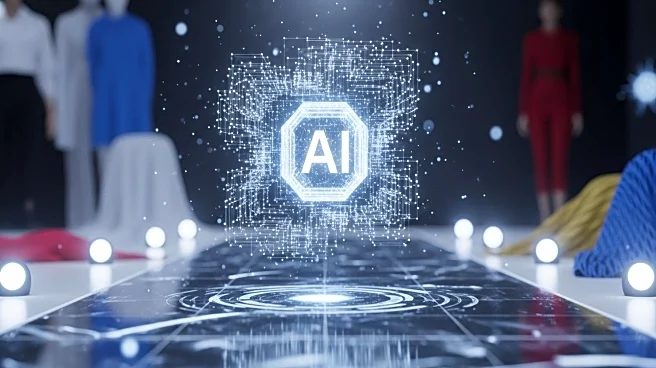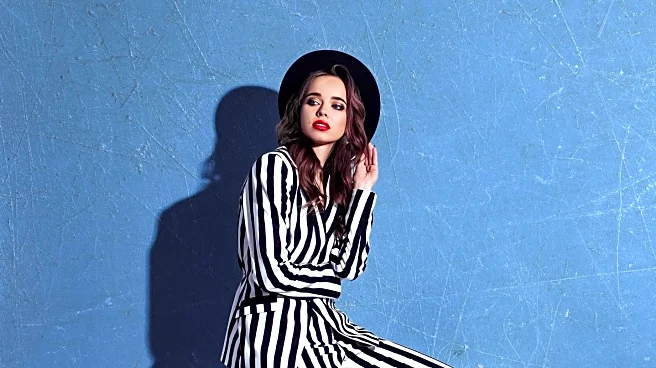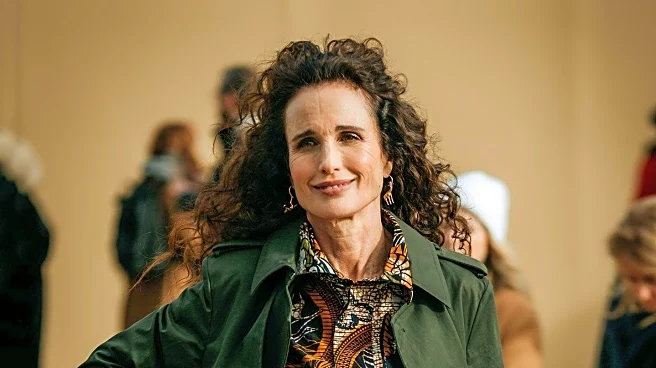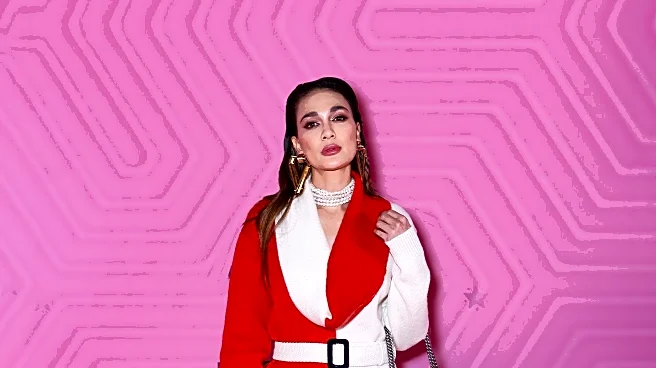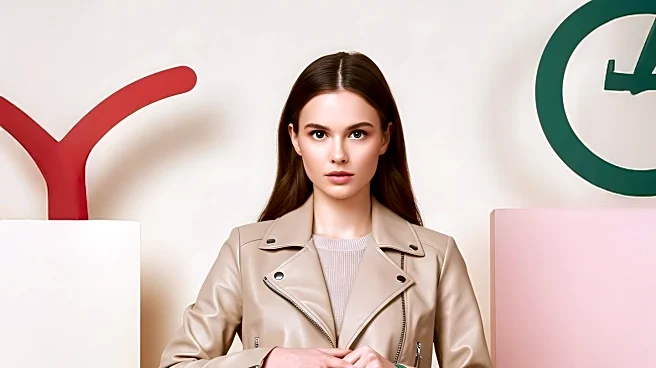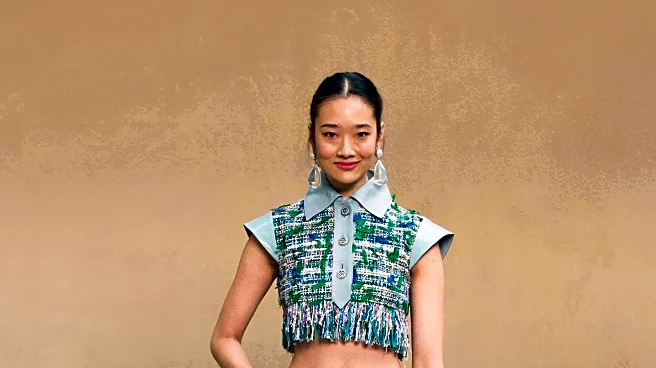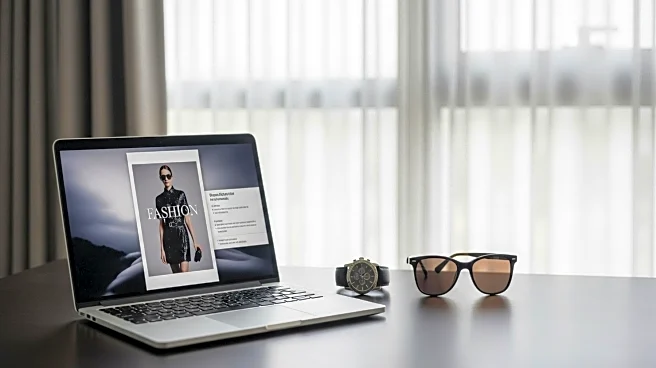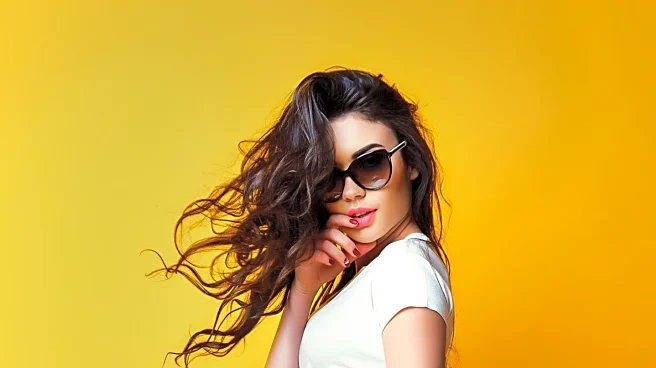What's Happening?
The fashion industry is increasingly leveraging artificial intelligence (AI) to predict upcoming trends, a shift driven by the vast amount of data available through social media platforms like TikTok, Instagram, and Pinterest. According to Amy Sullivan, vice president of buying and private brands at Stitch Fix, AI has become a crucial tool in making informed decisions about fashion items, such as choosing between different color options for clothing. AI algorithms are employed to analyze data from runway shows and social media to detect early signals of trends, as explained by Noémie Voyer from Heuritech. This technology aids in creating personalized customer experiences, managing supply chains, and generating images, although human expertise remains essential to interpret AI-generated insights accurately.
Why It's Important?
The integration of AI in fashion trend prediction is significant as it allows brands to stay competitive in a rapidly evolving market. By utilizing AI, companies can efficiently forecast consumer preferences and adjust their inventory accordingly, potentially reducing waste and increasing sales. This technological advancement also democratizes trend prediction, moving it beyond the exclusive domain of fashion elites to a broader audience. However, the reliance on AI also raises questions about the balance between technology and human intuition in creative industries. Brands that effectively combine AI insights with human expertise are likely to gain a competitive edge, while those that fail to adapt may struggle to keep up with consumer demands.
What's Next?
As AI continues to evolve, its role in the fashion industry is expected to expand further. Companies may increasingly rely on AI to streamline operations and enhance customer engagement through virtual try-ons and personalized recommendations. However, the industry must also address potential challenges, such as ensuring data privacy and maintaining the human element in fashion design. Stakeholders, including fashion brands and technology developers, will need to collaborate to refine AI applications and address ethical considerations. The ongoing dialogue between technology and creativity will shape the future of fashion, influencing how trends are identified and marketed.
Beyond the Headlines
The use of AI in fashion trend prediction highlights broader implications for the industry, including the potential for more sustainable practices. By accurately forecasting demand, brands can reduce overproduction and minimize environmental impact. Additionally, the integration of AI may lead to shifts in employment, with new roles emerging in data analysis and AI management. The cultural impact of AI-driven fashion trends also warrants consideration, as it may influence consumer behavior and societal norms. As AI becomes more prevalent, the industry must navigate these changes while preserving the artistry and innovation that define fashion.

